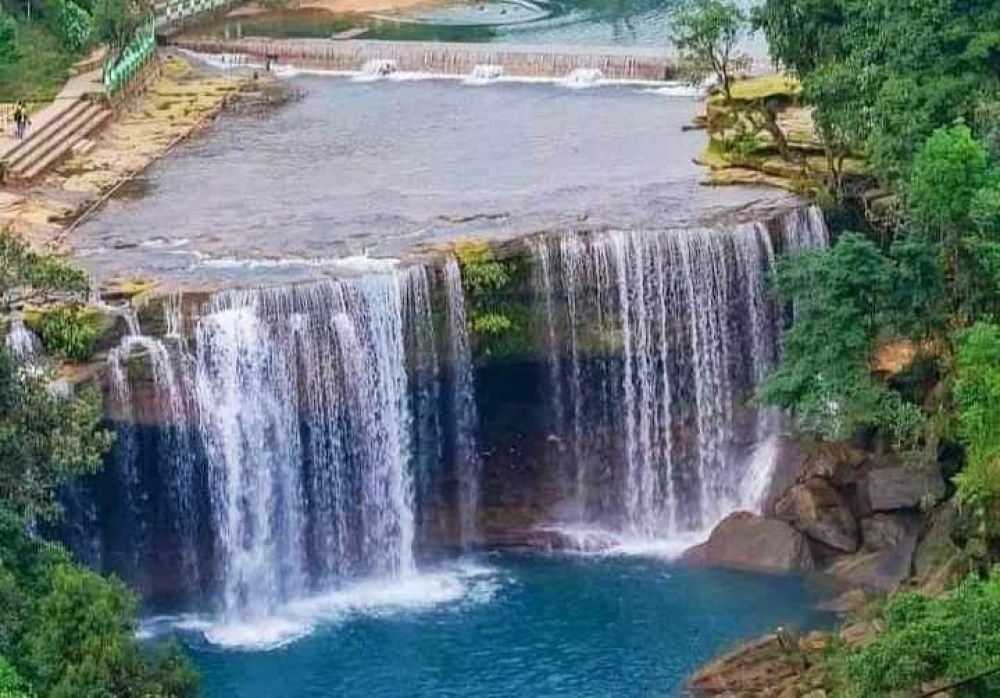

Nestled in the scenic Jaintia Hills district of Meghalaya, India, the Krang Suri Waterfall is one of the most picturesque and enchanting waterfalls in the country. The shimmering blue waters, surrounded by lush greenery, make it a paradise for nature lovers and photographers alike.
While Meghalaya has long been a destination for travelers seeking solace in its natural beauty, the discovery and promotion of Krang Suri Waterfall as a tourist attraction is relatively recent. For many years, this hidden gem remained known mostly to the local communities. It wasn't until the early 21st century that the wider potential of Krang Suri Waterfall was recognized. Following initiatives by the state tourism board and word of mouth by the travelers who had witnessed its beauty, Krang Suri started to gain popularity.
The growth in social media and digital photography has also played a significant role in showcasing Krang Suri's allure to the world. Pictures and videos of its turquoise waters and serene surroundings started to capture the imagination of people far and wide, leading to a steady increase in visitors.
Accessibility improvements, such as better roads and signage, helped in making Krang Suri Waterfall more tourist-friendly. Local entrepreneurs began offering services like guided tours, boating, and even camping experiences to cater to the growing influx of visitors. Safety measures were increased, with the implementation of life jackets for swimming and cliff jumping activities.
With the surge in popularity of Krang Suri, conservation efforts were heightened to preserve its untouched beauty. The local government, along with environmental groups, has put in place policies to ensure sustainable tourism practices. This includes limiting the number of visitors during peak seasons and promoting eco-friendly activities.
The most recent trends in tourism at Krang Suri Waterfall include the increased desire for immersive experiences. Tourists are looking for more than just sightseeing; they want to engage with the local culture, indulge in traditional cuisines, and partake in adventure activities.
Eco-tourism has also gained significant traction, which aligns with travelers' growing awareness around environmental conservation. This has led to a preference for accommodations and activities that have minimal impact on the natural surroundings.
In the face of the global pandemic, there's also been a noticeable shift towards wellness tourism. Visitors are drawn to Krang Suri as a retreat where they can rejuvenate and connect with nature while maintaining social distancing norms.
When visiting Krang Suri Waterfall, tourists can expect a breathtaking view of the fall cascading down into a pool of blue water. The journey to the waterfall is an adventure in itself, with captivating landscapes greeting you at every turn. Picnicking, swimming, and boating are popular activities. For those wishing to extend their stay, camping sites offer the unique opportunity to sleep under the starlit sky. The best time to visit is during the monsoon season, from June to August, when the falls are at their most spectacular, though it is accessible throughout the year.
As tourism at Krang Suri Waterfall, Jowai, Meghalaya continues to flourish, the focus remains on creating a balance between welcoming visitors and preserving the natural splendor that has made this place so cherished. Each year, more people discover its beauty, but the priority is to ensure that Krang Suri's waters keep flowing clear for generations to come.